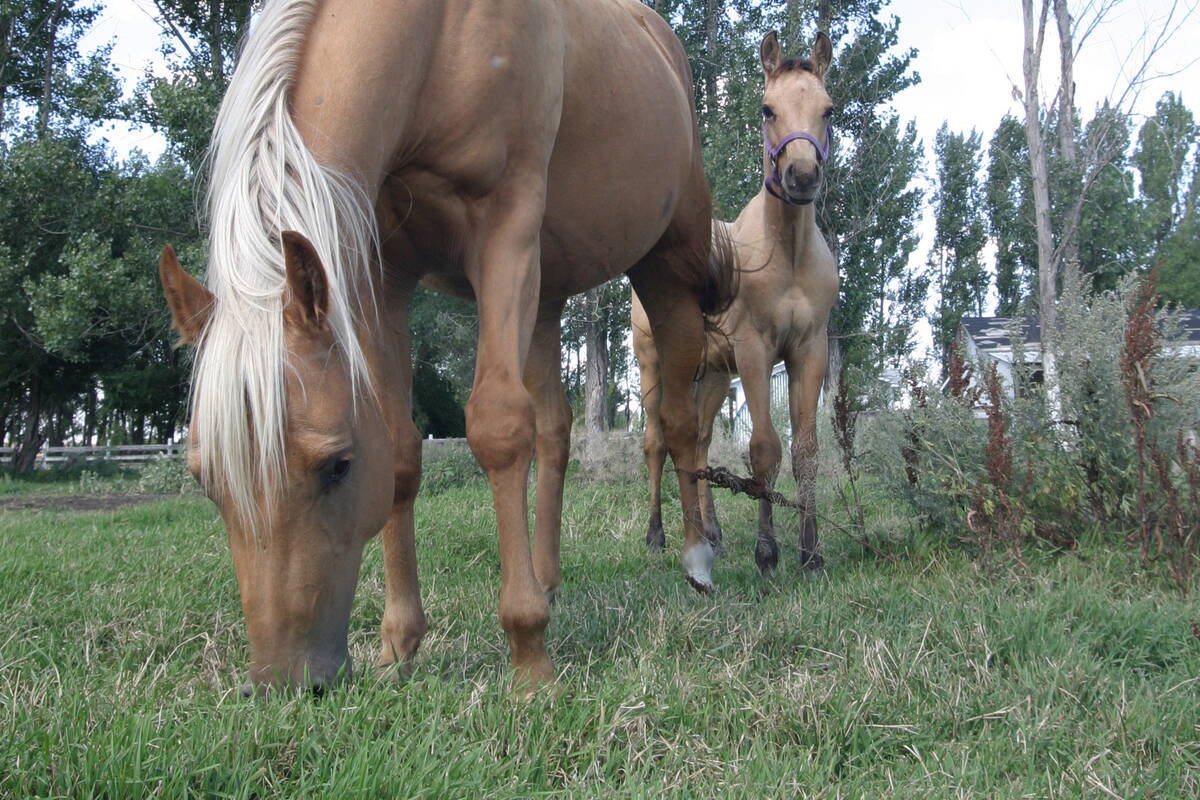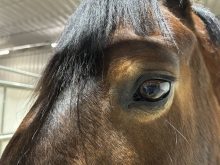Glacier FarmMedia – Chronic Progressive Lymphedema (CPL) is a condition that compromises lymphatic drainage, leading to swelling in the lower limbs and complications like bacterial, fungal or parasitic infections.
It’s a longstanding and often misunderstood condition prevalent in draft-type horses such as Belgians, Clydesdales, Shires, Gypsy Vanners, English cobs, German draft horse breeds, Friesians and Percherons.
Horses affected by CPL may not show immediate clinical signs, particularly when dense hair (feathering) covers the lower limbs. The disease starts at an early age and progresses throughout the life of affected horses, often resulting in severe disfigurement of the lower limbs, disability, lameness and premature death.
Read Also

Ignoring growth plates sabotages young horse development
Young horse training plans and workloads must match their skeletal development. Failing to plan around growth plates can create lifelong physical problems.
The onset of symptoms is highly variable. Initial signs may appear as early as one year of age. In the initial stages, the lower limbs may show subtle thickening and slight wrinkling, often concealed by feathering. If the feathers are clipped, the distinctive cone-shaped appearance of the lower leg is revealed. This is caused by lymphatic pooling, characterized by soft swelling and pitting edema.
- MORE ‘Horse Health’: Hoof health in the weanling
Over time, the thickening and wrinkles become more prominent, leading to cracking, serum weeping and crusting with open wounds. As the lesions progress, reduced lymph flow and the insulation provided by the feathering create friendly conditions for bacterial and fungal infections and mange.
Historically, this later stage has been diagnosed as scratches, pastern dermatitis or chorioptic mange. To some extent, these diagnoses hold true, but although the horse may initially respond to therapies for these conditions, complete healing is elusive because the underlying lymphedema persists.
As the condition progresses, symptoms worsen. Persistent infections and infestations, combined with chronic pooling of lymph fluids, lead to gross thickening of the lower limbs. This involves fibrosis and formation of substantial scar tissue, which hinders movement and causes discomfort.
Typically, all four legs are affected, and horses may also experience compromised hoof growth and develop thrush.
Horses affected by CPL display an abnormal quantity or quality of a connective tissue known as elastin, which acts as a three-dimensional matrix or ‘sock’ that envelops lymphatic vessels. This functions like an elastic sponge to facilitate the transport of lymph fluids throughout the body.
The disease is thought to have a genetic component, and it is likely in this area where the genetic flaw will be identified.
Diagnosing CPL relies on clinical presentation, breed predisposition and, at times, skin biopsies to identify changes in the elastin fibre network. Early stages are recognized by thorough palpation of the lower limbs. Clipping of feathers is often required to better identify lesions.
Treatment
Given the inherent structural weakness in the lymphatic vascular system of horses with CPL, finding a reliable and permanent remedy remains elusive.
Nevertheless, conscientious and diligent management, coupled with supportive therapy, can substantially improve the quality of life for affected animals. These strategies involve routine grooming, feather clipping, appropriate hoof care and maintaining a clean environment. Continuous treatments are essential to address secondary infections and infestations.
Manual lymph drainage can further support the lymphatic system. Consistency is key, and these treatments must be sustained throughout the animal’s life to reduce discomfort, slow the progression of the disease and ensure a good quality of life. Despite diligent management, many afflicted horses succumb prematurely, often requiring euthanasia.
Where it comes from
The expression of CPL is a combination of genetic and environmental factors. Its increased occurrence in the mentioned breeds strongly suggests a genetic aspect. Unfortunately, due to the delayed onset of symptoms, draft horses can be bred before showing signs of CPL, inadvertently transmitting any genetic predisposition to offspring.
Considering the lack of a specific genetic test for CPL, breed registries would be well advised to raise awareness and educate horse owners about the condition. Another sensible approach involves periodic breeding stock inspections between the ages of two and five years to identify and, if necessary, exclude any individuals showing signs of CPL from the registry.
















